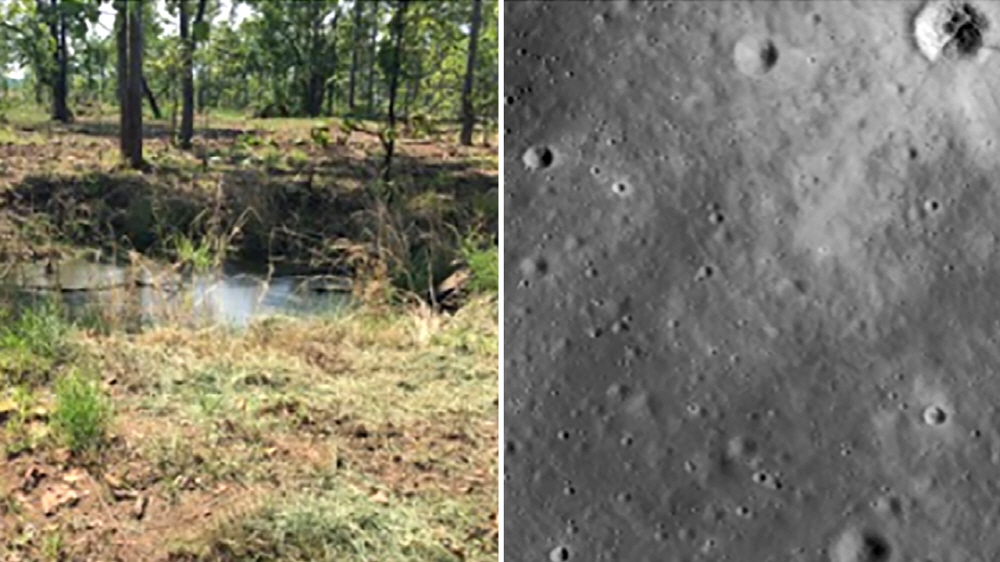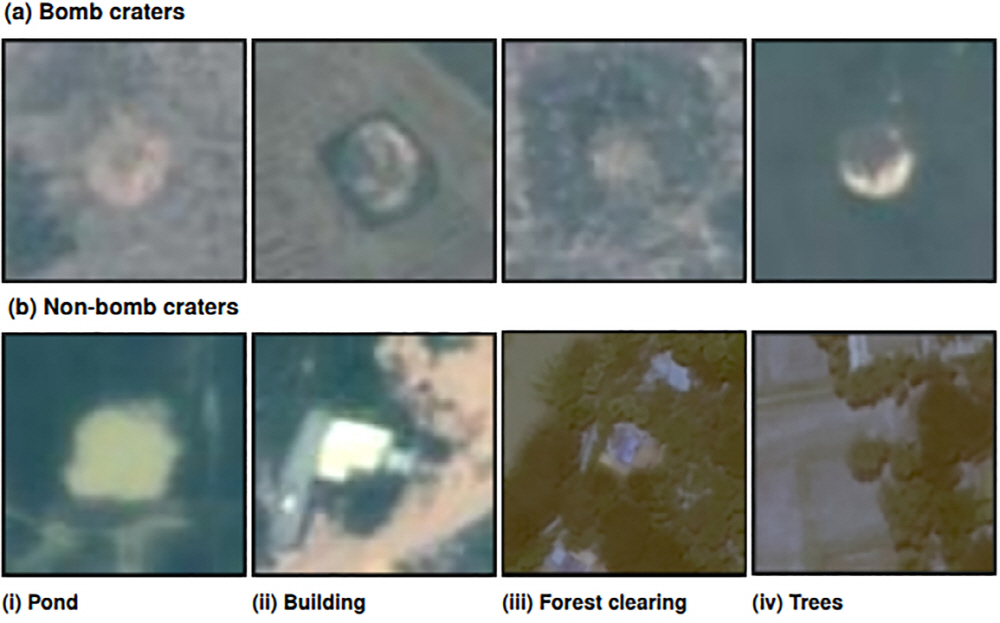
Landmines, one of the war relics, remain in the ground even after the war ends, giving fear of not knowing when and what will happen. Even if you try to demolish it, there is always a danger, and in this case, technology is what you depend on. This time, a study has shown that artificial intelligence will help remove underground mines.
Ohio State University researchers conducted a study of 100km 2 in Cambodia, an area chosen for the US Strategic Air actually mine during the Vietnam War period. First, the research team aimed to obtain the number of landmines buried in the area from 1970 to 1973 from military data that had been released from the list of confidential information, and to determine how many had already exploded and how many remain.
The study was conducted in two stages. The first step is to use an algorithm developed to recognize lunar craters. Of course, satellite images of the moon and satellite images of Cambodia are different. The lunar crater is larger than the mine blast and has contrast in the satellite image, making the algorithm easier to recognize. In the case of an area that has passed 50 years from the Cambodia landmine mission, there is a problem that the land is not visible in the image due to lush vegetation and obstacles.

It can recognize even where there is a possibility of an explosion, but the accuracy is still insufficient. Therefore, in the study, the moon crater was learned by adding various shapes, sizes, colors, textures, and obstacle information as a learning algorithm in two stages. As a result, it is said that 152 of the 177 places that appear to be traces of a mine explosion were accurately recognized as traces of mines. The accuracy is 86%.
It is said that using this algorithm can increase the efficiency of the mine search method by 160%. As the number of explosions can be more accurately known, the number of non-explosions is also known by itself. It is estimated that 1,600 mines are still buried in the study area. Related information can be found here .

